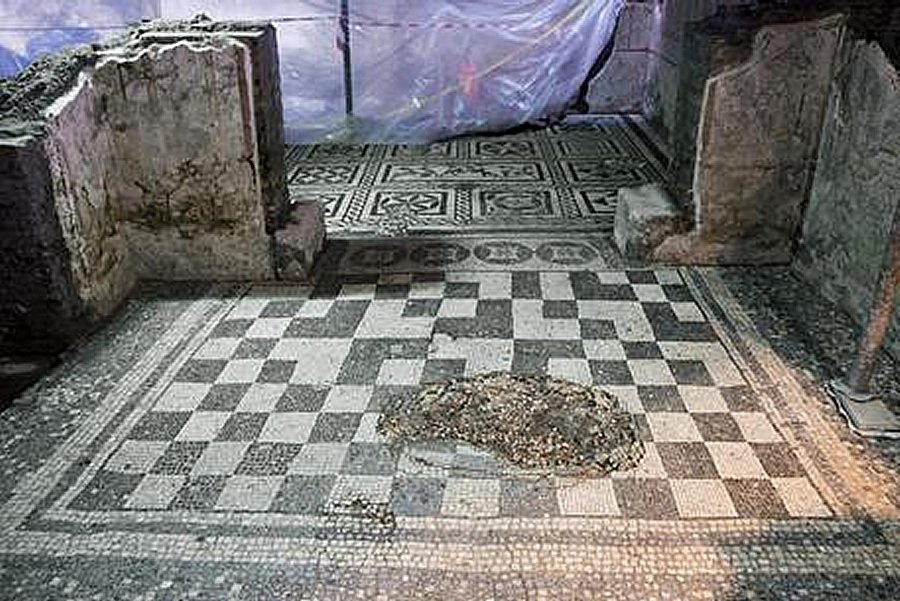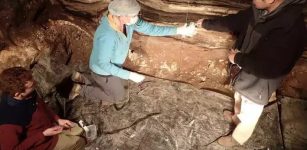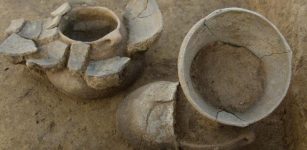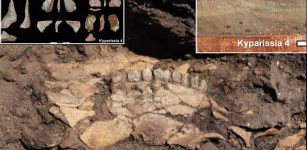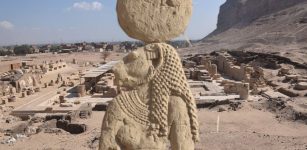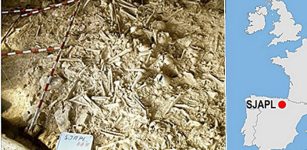Ancient Roman ‘Commander House’ Discovered In Rome
AncientPages.com - During works for Rome’s new subway station, workers have uncovered an ancient Roman 'Commander's House', the first discovery of its kind in the Italian capital, say archaeologists and conservation experts.
As ANSA reports, the dig has turned up a domus connected to the dormitory of a barracks built at the time of Emperor Trajan and then modified by Hadrian.
Almost two years earlier, in the same area, archaeologists identified 1,800-year-old army barracks and the dormitory.
A fine black and white mosaic floor was discovered at the site. Image credit: ANSA.
Rome's archaeological superintendent, Rossella Rea said that "it is an exceptional discovery because a barracks has never been identified before in Rome, nor a domus connected to the barracks."
The domus of the commander was found about 12 meters under the level of the Amba Aradam station, near the Basilica of San Giovanni Laterano (St John Lateran). The house will now be dismantled, level by level, and temporarily moved to another site before being placed back at its original site, sources said.
According to Francesco Prosperetti, the head of Rome's monuments authority, the barracks' commander used to live and relax after work and the entire structure - featuring rich mosaics and wall decorations, as well as 14 rooms, including a bathhouse with underfloor heating - will be dismantled to allow for boring work on underground tunnels.
The area at and in the vicinity of the Amba Aradam station has already yield a rich archaeological trover.
In June 2017 excavations conducted as part of work for the new C line of the Rome metro revealed Pompeii-like finds including a dog's skeleton.
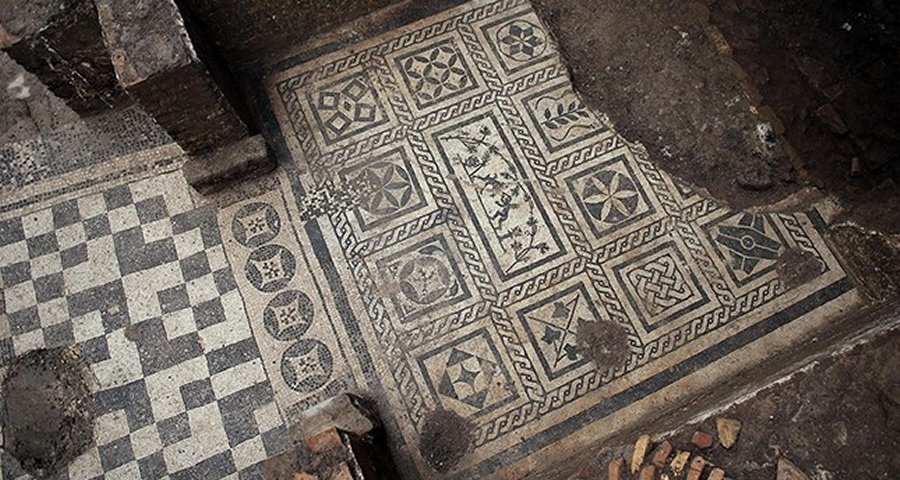
An undated handout photo made available by the Rome Cultural Superintendence press office on March 2, 2018, shows a detail view of an ancient Roman 'Commander's House', uncovered under a new Roma subway station in Rome, Italy. (EPA Photo) via Daily Sabah
The dig has unearthed two spaces dating to the middle of the imperial period which, due to a fire, feature well-conserved parts of a wooden ceiling and furniture.
See also:
Hypocaust – First Central Heating Invented By Ancient Romans 2,000 Years Ago
1,700-Year-Old Roman Villa, Beautiful Mosaics, Coins Unearthed In Ancient Roman Port Of Ptolemais
A fine black and white mosaic floor was also discovered.
"What makes this find resemble Pompeii is that we have evidence of a moment in history," said Prosperetti. "The fire that stopped life in this environment allows us to imagine life at a precise moment".
The ongoing excavation is taking place on the southern slopes of the Coelian Hill, one of Rome's seven hills, which in imperial times was home to luxury aristocratic residences and, further to the south, a series of military buildings, including a barracks recently found in Via Ipponio.
Original story - here and here.
AncientPages.com

